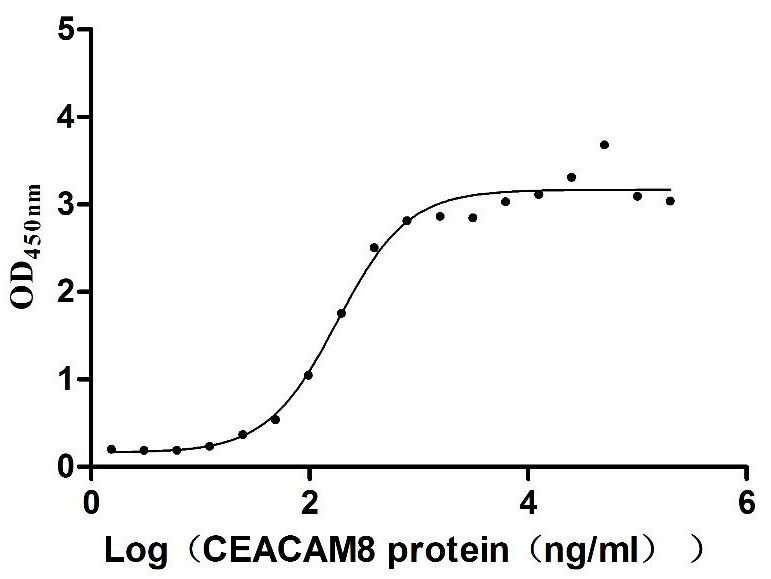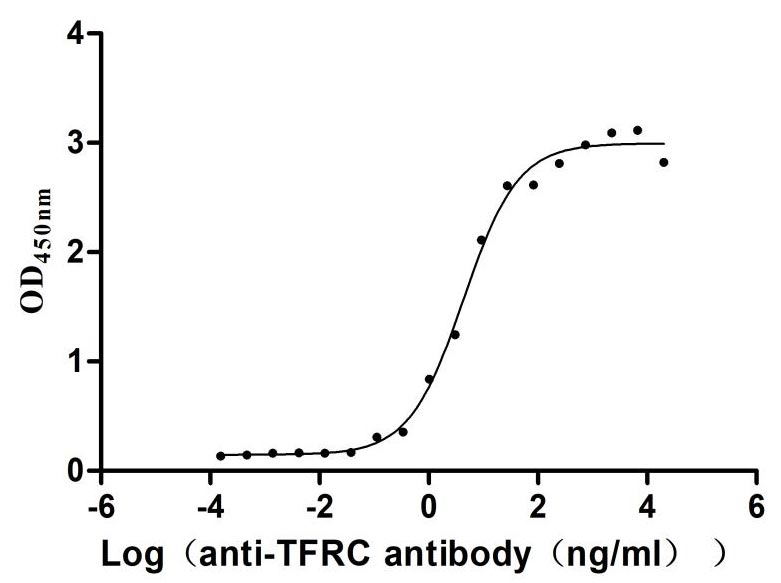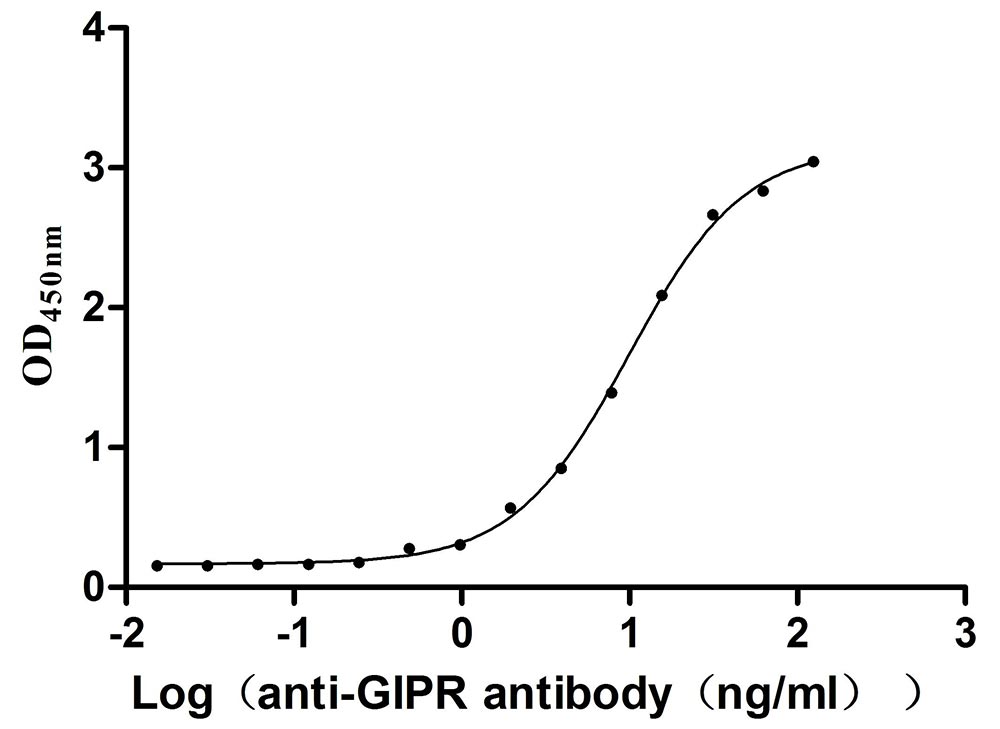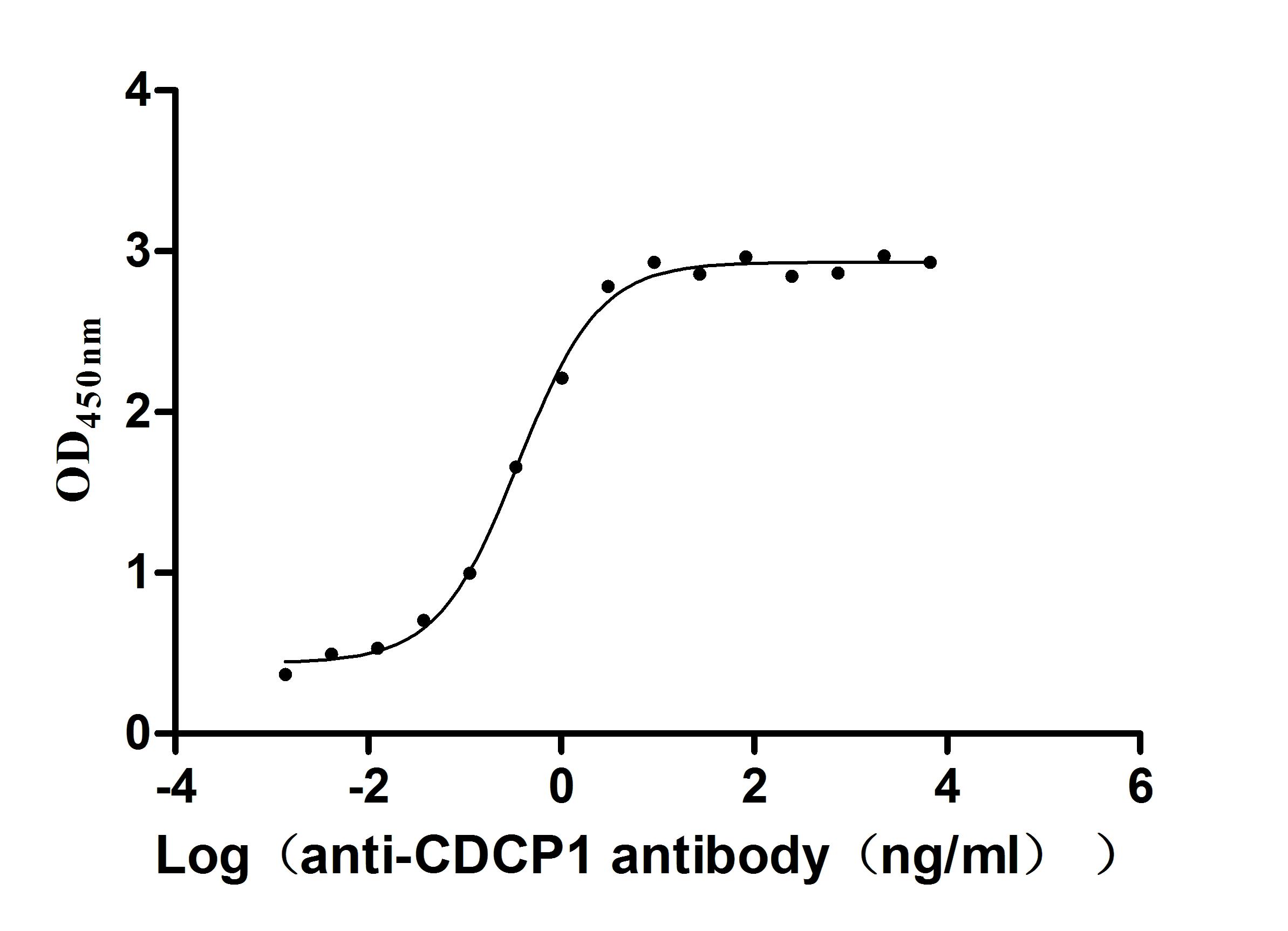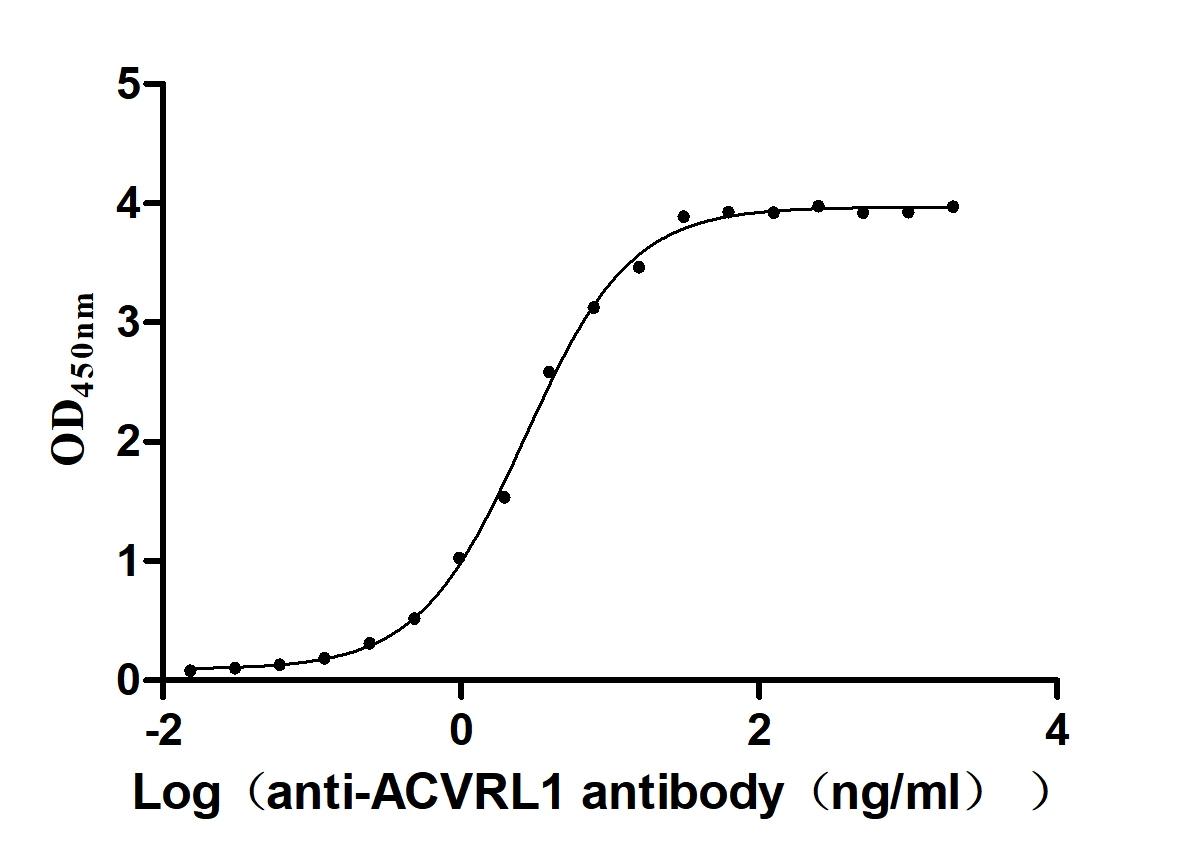Recombinant Human Lymphotoxin-beta (LTB TNFC TNFSF3)
-
中文名稱:
-
貨號:CSB-YP013220HU
-
規(guī)格:
-
來源:Yeast
-
其他:
-
中文名稱:
-
貨號:CSB-EP013220HU
-
規(guī)格:
-
來源:E.coli
-
其他:
-
中文名稱:
-
貨號:CSB-EP013220HU-B
-
規(guī)格:
-
來源:E.coli
-
共軛:Avi-tag Biotinylated
E. coli biotin ligase (BirA) is highly specific in covalently attaching biotin to the 15 amino acid AviTag peptide. This recombinant protein was biotinylated in vivo by AviTag-BirA technology, which method is BriA catalyzes amide linkage between the biotin and the specific lysine of the AviTag.
-
其他:
-
中文名稱:
-
貨號:CSB-BP013220HU
-
規(guī)格:
-
來源:Baculovirus
-
其他:
-
中文名稱:
-
貨號:CSB-MP013220HU
-
規(guī)格:
-
來源:Mammalian cell
-
其他:
產(chǎn)品詳情
-
純度:>85% (SDS-PAGE)
-
基因名:TNFC
-
Uniprot No.:
-
別名:Lymphotoxin-beta; LT-beta; Tumor necrosis factor C; TNF-C; Tumor necrosis factor ligand superfamily member 3; LTB TNFC TNFSF3
-
種屬:Homo sapiens (Human)
-
蛋白標(biāo)簽:Tag?type?will?be?determined?during?the?manufacturing?process.
The tag type will be determined during production process. If you have specified tag type, please tell us and we will develop the specified tag preferentially. -
產(chǎn)品提供形式:Liquid or Lyophilized powder
Note: We will preferentially ship the format that we have in stock, however, if you have any special requirement for the format, please remark your requirement when placing the order, we will prepare according to your demand. -
復(fù)溶:We recommend that this vial be briefly centrifuged prior to opening to bring the contents to the bottom. Please reconstitute protein in deionized sterile water to a concentration of 0.1-1.0 mg/mL.We recommend to add 5-50% of glycerol (final concentration) and aliquot for long-term storage at -20℃/-80℃. Our default final concentration of glycerol is 50%. Customers could use it as reference.
-
儲存條件:Store at -20°C/-80°C upon receipt, aliquoting is necessary for mutiple use. Avoid repeated freeze-thaw cycles.
-
保質(zhì)期:The shelf life is related to many factors, storage state, buffer ingredients, storage temperature and the stability of the protein itself.
Generally, the shelf life of liquid form is 6 months at -20°C/-80°C. The shelf life of lyophilized form is 12 months at -20°C/-80°C. -
貨期:Delivery time may differ from different purchasing way or location, please kindly consult your local distributors for specific delivery time.Note: All of our proteins are default shipped with normal blue ice packs, if you request to ship with dry ice, please communicate with us in advance and extra fees will be charged.
-
注意事項(xiàng):Repeated freezing and thawing is not recommended. Store working aliquots at 4°C for up to one week.
-
Datasheet :Please contact us to get it.
相關(guān)產(chǎn)品
靶點(diǎn)詳情
-
功能:Cytokine that binds to LTBR/TNFRSF3. May play a specific role in immune response regulation. Provides the membrane anchor for the attachment of the heterotrimeric complex to the cell surface. Isoform 2 is probably non-functional.
-
基因功能參考文獻(xiàn):
- Combination of an EGFR tyrosine kinase inhibitor and a NF-kappaB inhibitor effectively suppressed cetuximab-resistant HNSCC and interfering with the EGFR-LTbeta interaction reverses resistance. PMID: 28196873
- TNF is able to upregulate LT-beta expression in hepatic cells at the transcriptional level by the binding of NF-kappaB p50/p65 heterodimers and Ets1 to their respective sites in the LT-beta promoter. PMID: 22742857
- The multifaceted character of lymphotoxin beta may be involved in inflammatory myopathies and muscular dystrophies. PMID: 22652080
- Data show differential expression of interferon-gamma, TNFSF3, TNFSF10, TNFSF12 and PDGFbeta in CD8+, CD14+ and CD4+ cells. PMID: 21211989
- Findings provide evidence of additional complexity in the transcriptional regulation of LTB with implications for coordinate expression of genes in this important genomic locus. PMID: 21248773
- Heterotypic interaction between LTbeta-producing lymphocytes and responding fibroblast-like synoviocytes contributes to establishment of complex lymphoid microstructures. May be one element in susceptibility of synovial membrane to lymphoid organogenesis. PMID: 15248211
- The identification of IL-6 and IL-1beta as activators of LT-beta supports their involvement in LT-beta signaling in liver regeneration associated with chronic liver damage. PMID: 15910501
- Lymphotoxin (LT) beta receptor ligands LTalpha1 and -beta2 activate both the classical and noncanonical NF-kappa B pathways in human vascular endothelial cells and dermal microvascular endothelial cells in vitro. PMID: 18292573
- LT-Beta may play a role in rheumatoid arthritis disease pathogenesis by contributing to a more intense inflammatory reaction in the synovium PMID: 18379788
- blocking the lymphotoxin-beta receptor pathway results in ablation of the lymphoid organization in the NOD salivary glands and thus an improvement in salivary gland function. PMID: 19222863
顯示更多
收起更多
-
亞細(xì)胞定位:Membrane; Single-pass type II membrane protein.
-
蛋白家族:Tumor necrosis factor family
-
組織特異性:Spleen and thymus.
-
數(shù)據(jù)庫鏈接:
Most popular with customers
-
Recombinant Human Tumor necrosis factor ligand superfamily member 8 (TNFSF8), partial (Active)
Express system: Mammalian cell
Species: Homo sapiens (Human)
-
Recombinant Human Cytokine receptor common subunit beta (CSF2RB), partial (Active)
Express system: Mammalian cell
Species: Homo sapiens (Human)
-
Recombinant Mouse Claudin-18.2 (Cldn18.2)-VLPs (Active)
Express system: Mammalian cell
Species: Mus musculus (Mouse)
-
Recombinant Human Carcinoembryonic antigen-related cell adhesion molecule 6 (CEACAM6) (Active)
Express system: Mammalian cell
Species: Homo sapiens (Human)
-
Recombinant Human Transferrin receptor protein 1 (TFRC), partial (Active)
Express system: Mammalian cell
Species: Homo sapiens (Human)
-
Recombinant Mouse Gastric inhibitory polypeptide receptor (Gipr), partial (Active)
Express system: Mammalian cell
Species: Mus musculus (Mouse)
-
Recombinant Human CUB domain-containing protein 1 (CDCP1), partial (Active)
Express system: Mammalian cell
Species: Homo sapiens (Human)
-
Recombinant Human Serine/threonine-protein kinase receptor R3 (ACVRL1), partial (Active)
Express system: Baculovirus
Species: Homo sapiens (Human)


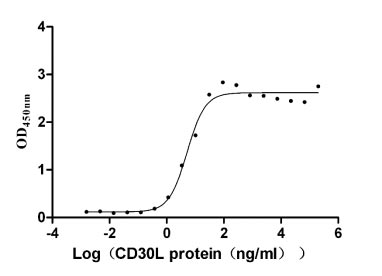
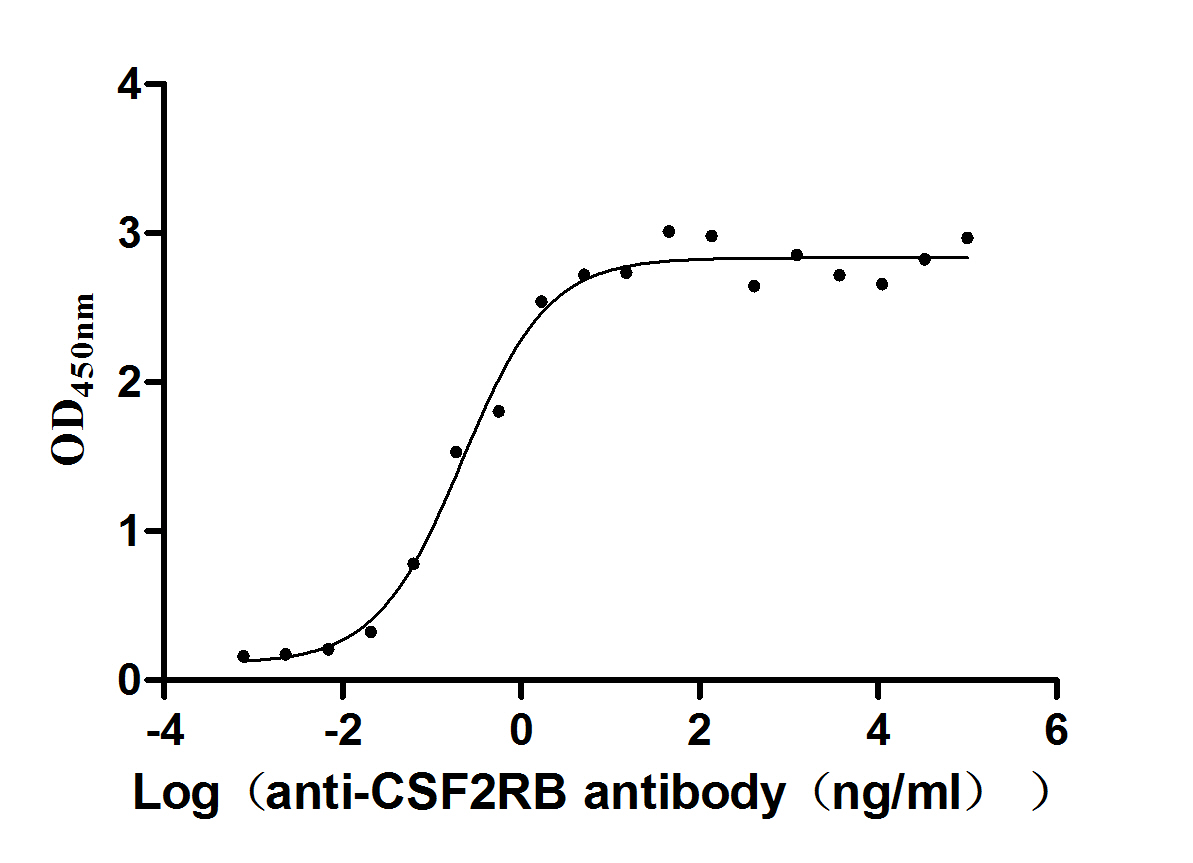
-AC1.jpg)
